| Brand | |
| Noch | |
| Gauge | |
| HO gauge | |
| product type | |
| buildings | |
| technical & model details | |
| scale | 1:100 |
| material & finish | Lasercut Kit |
| length (mm) | 177 |
| width (mm) | 177 |
| height (mm) | 68 |
| Age notice | not suitable under 14 years |
| country | |
| Germany | |
| era | |
| era II | |
| era III | |
| era IV | |
| era V | |
| era VI |
Model: HO gauge. The „Haus am Horn“ was planned in 1923 for the first Bauhaus exhibition in Weimar and was built in just a few months. The design by Bauhaus master Georg Muche was revolutionary. The latest building materials and findings from research and teaching at the Weimar School were consistently used during construction. It is the first and only architecture that the Bauhaus realized in Weimar. With the Haus am Horn, the various Bauhaus workshops demonstrated how they imagined contemporary living. All rooms are arranged around the interior, central living room, which is supplied with daylight via a skylight. A special feature of the floor plan is the clear allocation of the rooms according to their functions.
Instead of a large kitchen-living room, for example, the kitchen was intended exclusively for preparing food, and the dining room was only for eating. The house had several smaller but clearly structured rooms, which were supplemented by the latest technology, such as central heating in the basement and gas-powered instantaneous water heaters in the bathroom and kitchen. Modern household appliances such as gas stoves, vacuum cleaners and coffee machines were designed to make housewives‘ work easier, giving them more time for intellectual activities. The lack of additional rooms for servants is therefore also consistent: the family of three to four was supposed to manage its own affairs.
The Haus am Horn model house thus reflects the perception of a changed social reality. It is therefore not surprising that the building was controversially discussed by the press and critics at the opening of the exhibition. The architectural office of Walter Gropius, founder and first director of the Bauhaus, took on the construction work. A student at the Bauhaus in Weimar, Marcel Breuer, who was still largely unknown at the time, designed his first furniture for the interior, including a dressing table for the lady of the house – his journeyman’s piece. Despite the turmoil of the 1930s and 1940s, the Haus am Horn continues to polarize opinions to this day. For supporters of the Bauhaus and its design principles, it is an elegant and timeless building in its simplicity and functionality, which predicted social developments and demonstrated architectural solutions over 100 years ago: an icon of architecture that has been a UNESCO World Heritage Site since 1996.
The Noch laser-cut kit is implemented exactly in the architectural scale of 1:100 and is therefore also ideal for use in H0 gauge. The kit is precisely laser-cut from cardboard. Detailed assembly instructions and the appropriate laser-cut special glue are included.
The Haus am Horn model kit, which is faithfully based on the design by Georg Muche, is licensed by bauhaus-archiv GmbH Berlin. It bears the signet after the sign designed by Oskar Schlemmer at the Bauhaus.

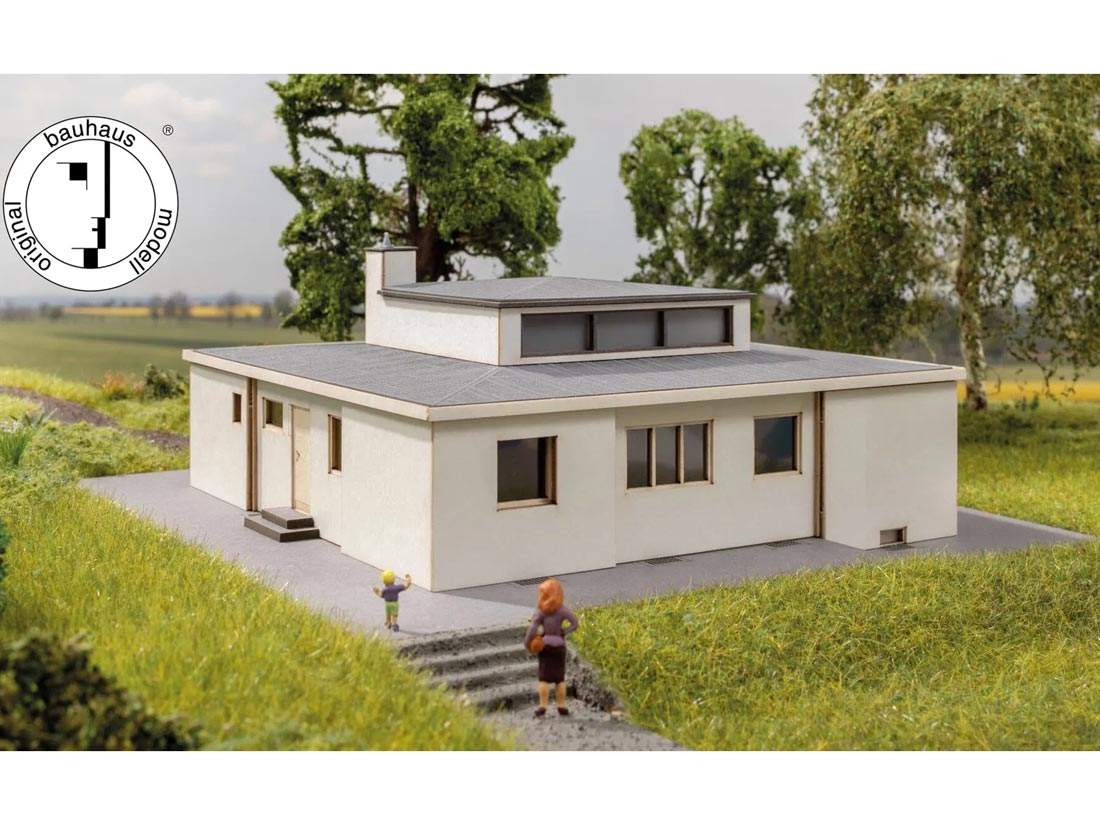
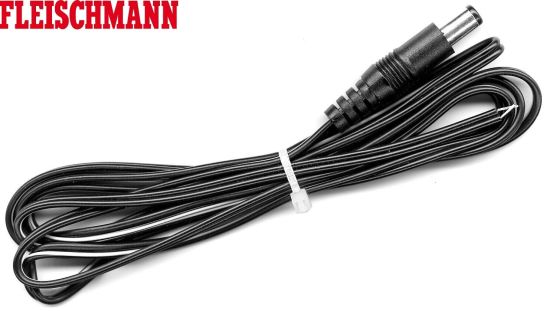
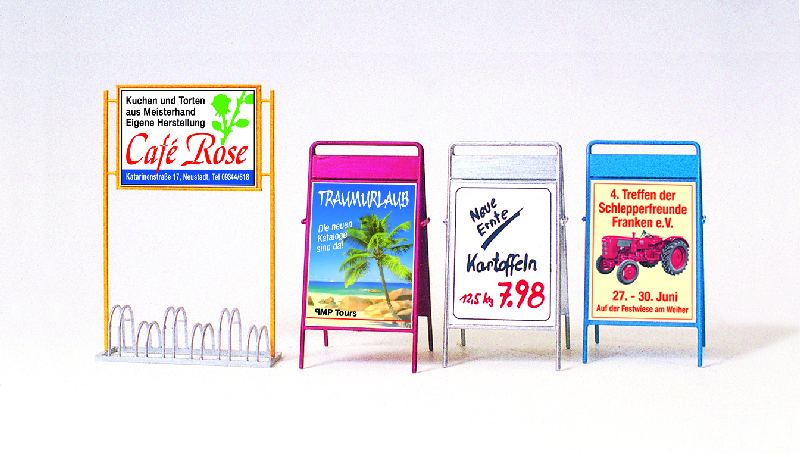
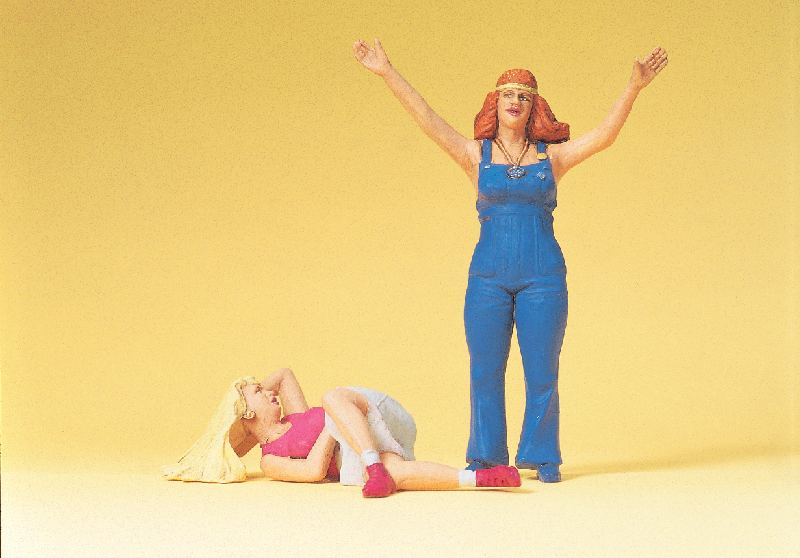
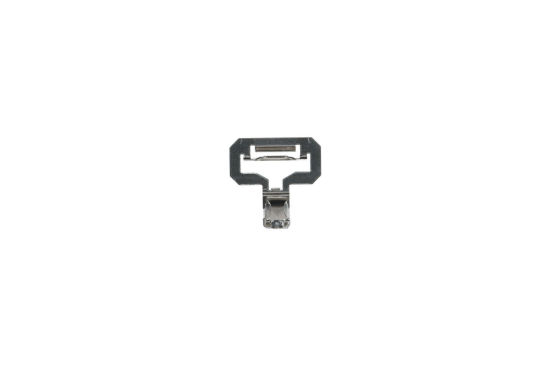
Reviews
There are no reviews yet.